Takeaways are big business, having grown across the UK in the last year. Curry Life catches up with two Indian takeaways to find out where the challenges lie and their tips for success
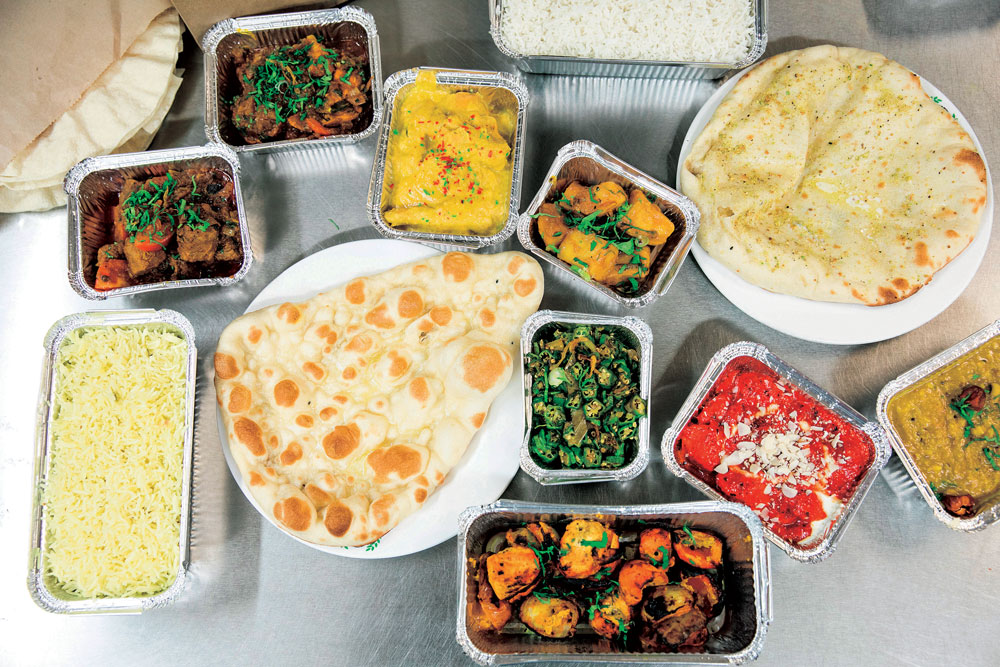
Whichever survey you look at, It’s clear the takeaway restaurant industry boomed in 2021. Figures from Barclaycard released last December showed that spending on takeaways and fast food increased by 62% in 2021, largely fuelled by the pandemic.
A study conducted among 2,000 adults, commissioned by Vodafone together with Just Eat, shows that the Brits are a nation of takeaway lovers. The findings, released in April, say a quarter of those surveyed, (25%) admitted to ordering takeaway meals three or four times a month. Findings showed that while people share a nationwide love of ordering meals at home, what they order differs across the country. Those in the North East for example, opt for traditional fish and chips as their favourite takeaway dish, while Londoners prefer pizza and are the biggest spenders, with an average of £73.70 spent on takeaways each month.
Curry also holds its own, with the Vodafone survey showing Indian food is also a top takeaway choice in the south-east of the country. A separate Just East survey, carried out across December and January 2022, put Indian as the third top-rated cuisine in England, and the favourite food in the West Midlands, particularly in Telford and The Wrekin. Despite Indian cuisine receiving a lower score in Worcester, the Korma dish has one of the highest ratings here than in any other district.
Obesity concerns
Recent figures from the Office of National Statistics (ONS) show that across the UK, the 43,235 takeaways and mobile food stands recorded last year represented a 5.6 per cent rise from 2020 – the largest increase since 2015. Many places with the highest density of takeaways were in urban areas that would naturally attract the trade – Westminster in the centre of London topped the list of London boroughs, with 116.7 takeaways per 100,000 people.
There are concerns, however, that the rise in takeaways is contributing to increased obesity levels. A report in the The Times highlights a World Health Organisation report released last month, quoting Dr Kremlin Wickramasinghe, the WHO lead for non-communicable diseases in Europe. He said the UK ‘was ahead of other European countries in adopting a lifestyle with “more and more digital screen time”, with online food deliveries and exposure to junk food advertising. He said obesity rates are increasing ‘because the measures being taken are not yet adequate”. The WHO report cites UK research which shows that someone eating a takeaway meal consumes on average 200 more calories per day than when eating food prepared at home.
Such meals are typically higher in calories, fat, sugar and salt, while portion sizes are often larger, “which encourages overeating, particularly if there is little price differential between portion sizes”, the report adds.
A challenging environment
Takeaways are also not immune from the challenges that have hit the hospitality industry nationwide, such as increased prices for ingredients and hikes in energy costs. There are also calls for takeaways to become more sustainable. In a survey of 7,000 global consumers commissioned by online order management provider Deliverect, respondents revealed eco-friendly takeaway and delivery options are important to their ordering decisions. While 65% of survey respondents said they find healthy, sustainable eating to be more expensive, almost half (43%) are willing to pay more for takeaways where there are visible sustainability practices. Another 47% would even consider changing what they order from the menu to be more sustainable.
So what do takeaways think of the current business landscape? Curry Life spoke to Gyash Uddin, the owner of Fusion Foods in Markyate, St Alban’s and Abdul Malik, chef at Bolton’s Little India takeaway.
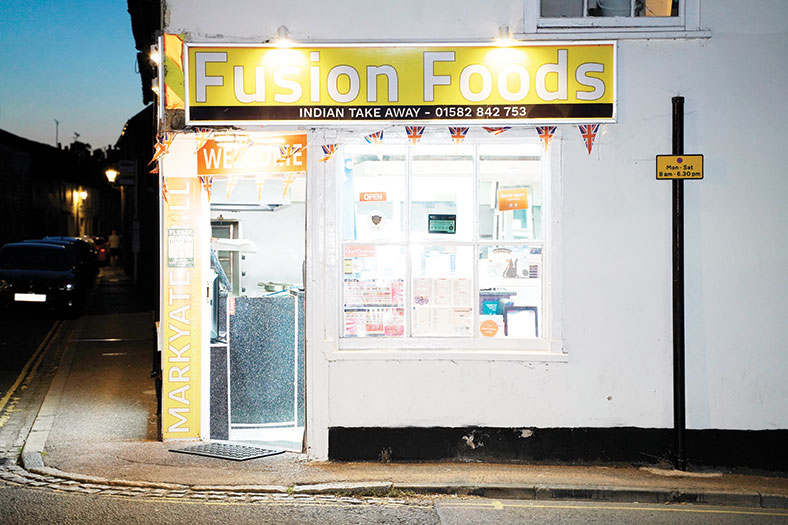
Fuson Foods
For Uddin, who opened Fusion Foods in 2019, having previously had a restaurant close by, business boomed during the Covid-19 pandemic. He has noticed however that the takeaway is not as busy now as it has been, with rising energy costs making people more cautious about where they spend their money.
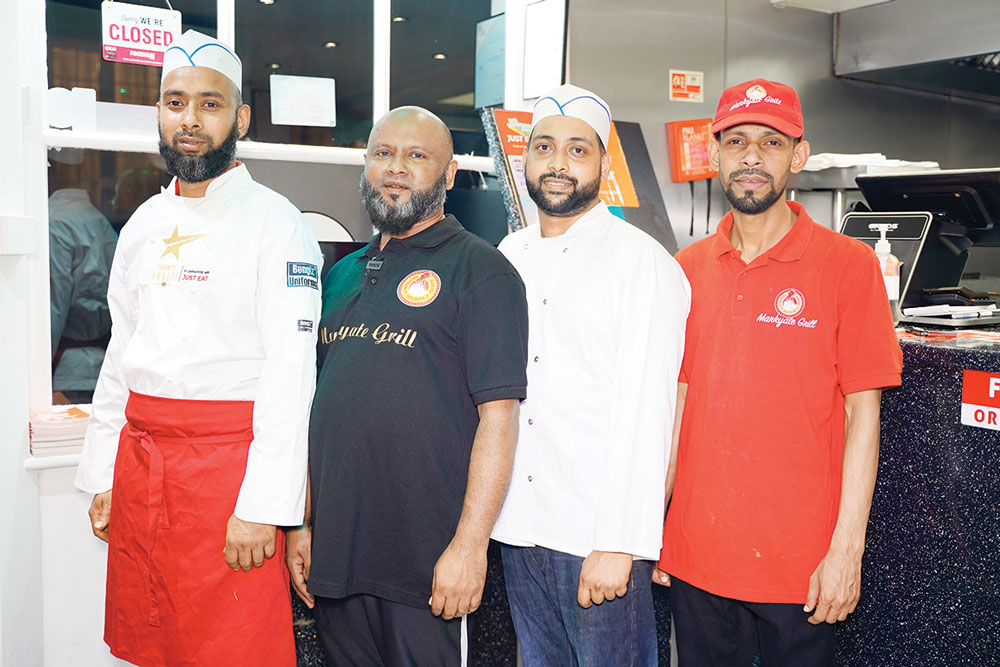
“We are seeing a pattern now with our regulars who used to come in two or three times a week – now they are just coming once a week,” he says. “It’s certainly quietened down.”
Uddin has seen a huge increase in the price of food – a 10 kilogram box of chicken for example that used to cost £34 is now £51. He says that dealing with the rising cost of living is not as simple as increasing the prices of food; instead he uses social media such as Facebook and Instagram to offer promotions to his loyal customers, one example being if they have 10 takeaways, they can get a certain amount off the next one. He has also reduced his menu, taking out several fish dishes, such as those featuring monkfish, trout and seabass.
“It’s about being clever with the advertising and keeping standards high,” says Uddin. “The quality has to be consistent and the food has to be tasty. We’re in a small village of around 4,000 people and everyone knows everyone else, I know all the takeaway’s customers. We’ve been in business for three years now. When you first start, everything is new and it’s all too easy for standards to slip but you need to keep the same level of consistency.”
Uddin is also keen to involve customers as much as possible, particularly when designing new menus, and he often invites up to 10 customers to taste new dishes and give their opinion.
“We give tasters to customers when they come in and I cook new dishes and ask them what they feel is right or wrong with it,” he says. “We have something similar to a korma and when we introduced it, we invited the korma lovers to come in because they will know whether the taste will work and it’s similar with the spicy dishes. There’s a lot of competition, even in a small village so we need to make sure the quality is always high.
With its location within a small village, Fusion Foods does not use third party delivery options, employing its own drivers instead. For Uddin, it’s vital to have reliable staff on board, particularly with a takeaway business, where people expect to have hot food, delivered on time. He is now looking to open another takeaway close by, in Harpenden.
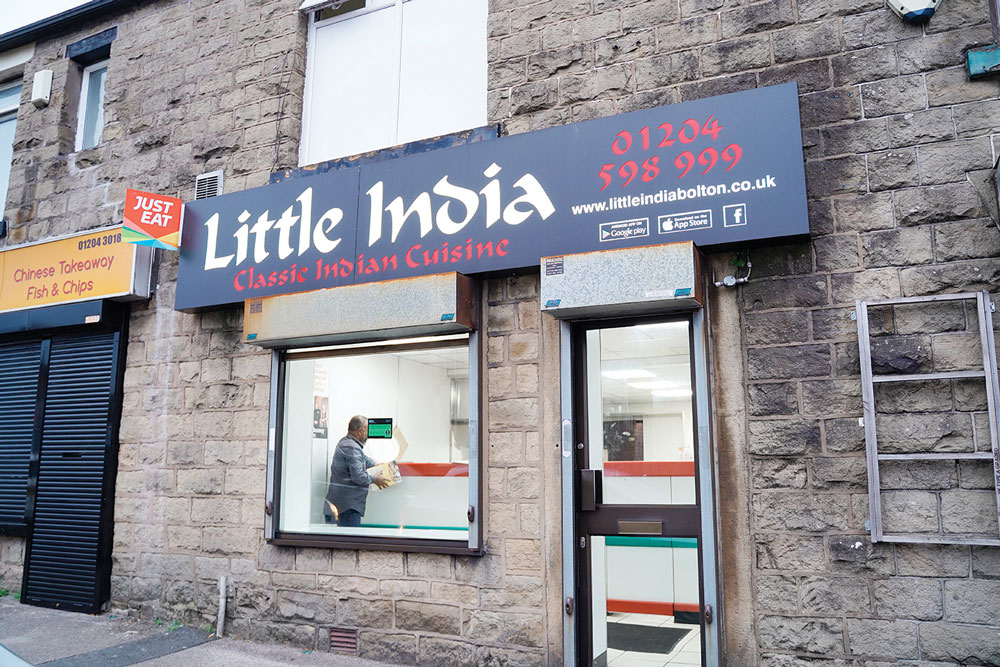
Little India
Little India’s Abdul Malik enjoys the fast-paced environment of a takeaway business, and the fact that he can serve multiple customers all at the same time, He thrives on the pressures of takeaway – ensuring that the time from order to delivery is acceptable, that food is delivered on time and that dishes remain hot.
Like Fusion Foods, Little India does not use third party partners for orders and deliveries, preferring to handle the logistics in-house.
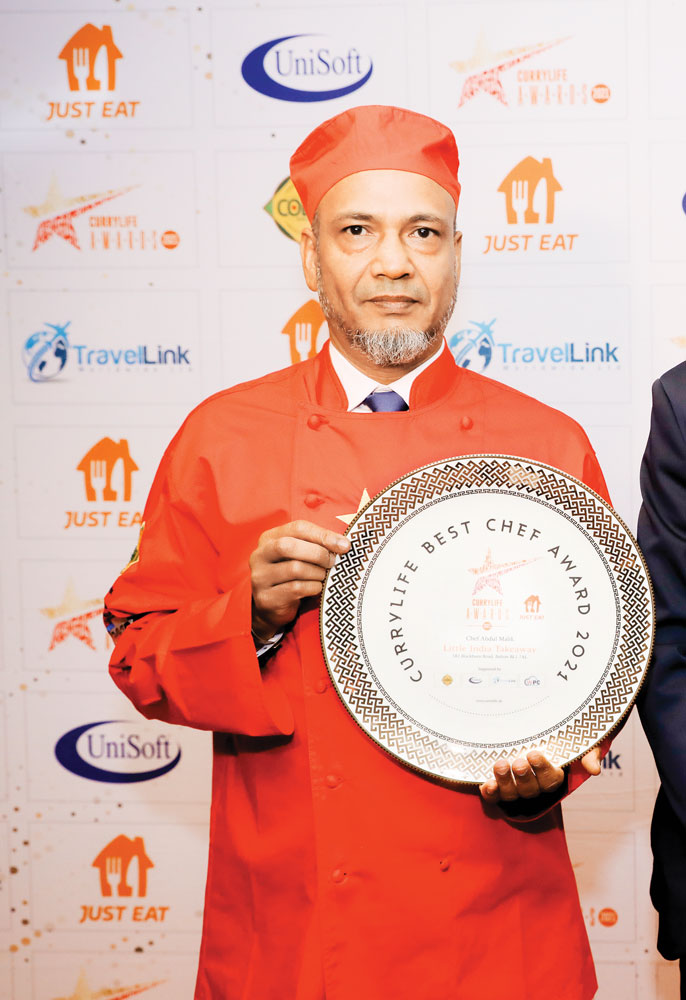
“We are an independent business, we advertise for ourselves and we don’t use a third party as we think we deserve the credit,” says Malik. Third parties provide a website – the hard work comes from the inside.”
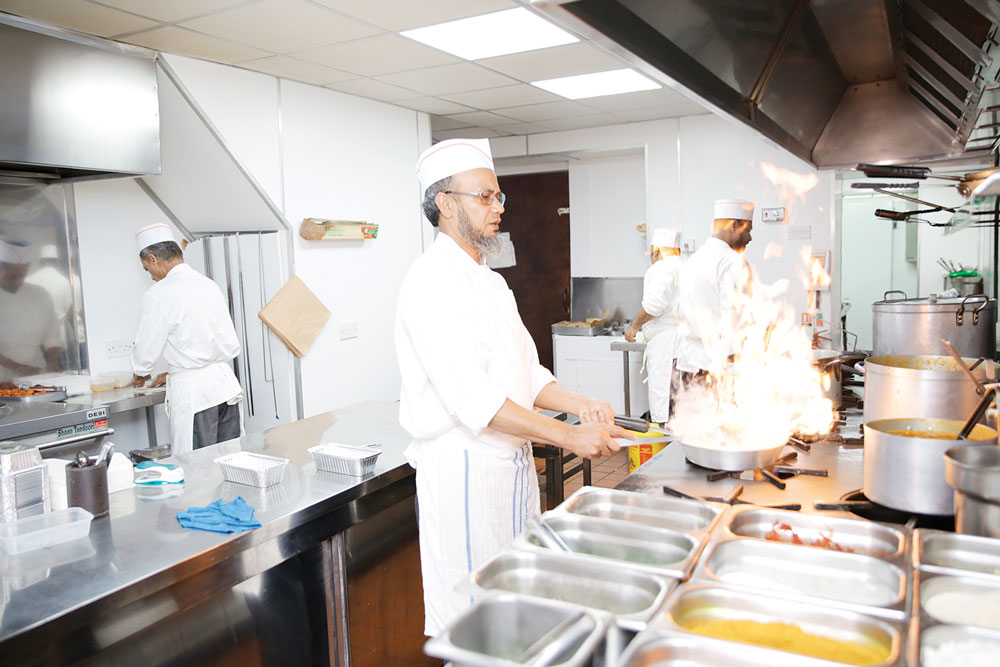
Over lockdown, Malik says the Bolton takeaway was very busy, with the business switching to contactless delivery and ensuring it could keep its customers happy while managing health and safety levels within Covid guidelines. But he acknowledges the situation is quite different now, with increasing pressure on the business owing to the high price of ingredients.
“We use quality ingredients but due to inflation, the higher cost of living and the situation in Ukraine, prices have shot up,” he says. “We want to ensure our customers get the same quality so we are faced with a real challenge. We’ve been in our location for such a long time and customers have recognised our hard work, they are like family and they have seen us provide the same consistency time and time again.”
Malik says it is important that customers realize that any price changes are not about making more money but about keeping the business going and providing the same standard his customers are used to.
Little India also endorses social media, saying it is a great way to keep in touch with customers and promote the restaurant to a wider base.
“We are on Facebook and Google; it’s important to be on these channels because the majority of marketing is done digitally – before it was all about leaflets,” says Malik. “We’ve seen an increase in our business through social channels and it’s easier to talk to our customers via messenger services. There is so much competition in the takeaway industry that we need to keep in touch with our customers and keep them happy so they come back for more.”
Malik also recognises the trend for more healthy food options and says it’s important for perceptions around takeaway food to change. “We are reducing the amount of calories in our dishes and trying not to use too much fat or oil, all of which will benefit our customers,” he says. “There are lots of ways to do this, it’s about being proactive and wanting to change, then you can experiment with different approaches.”



